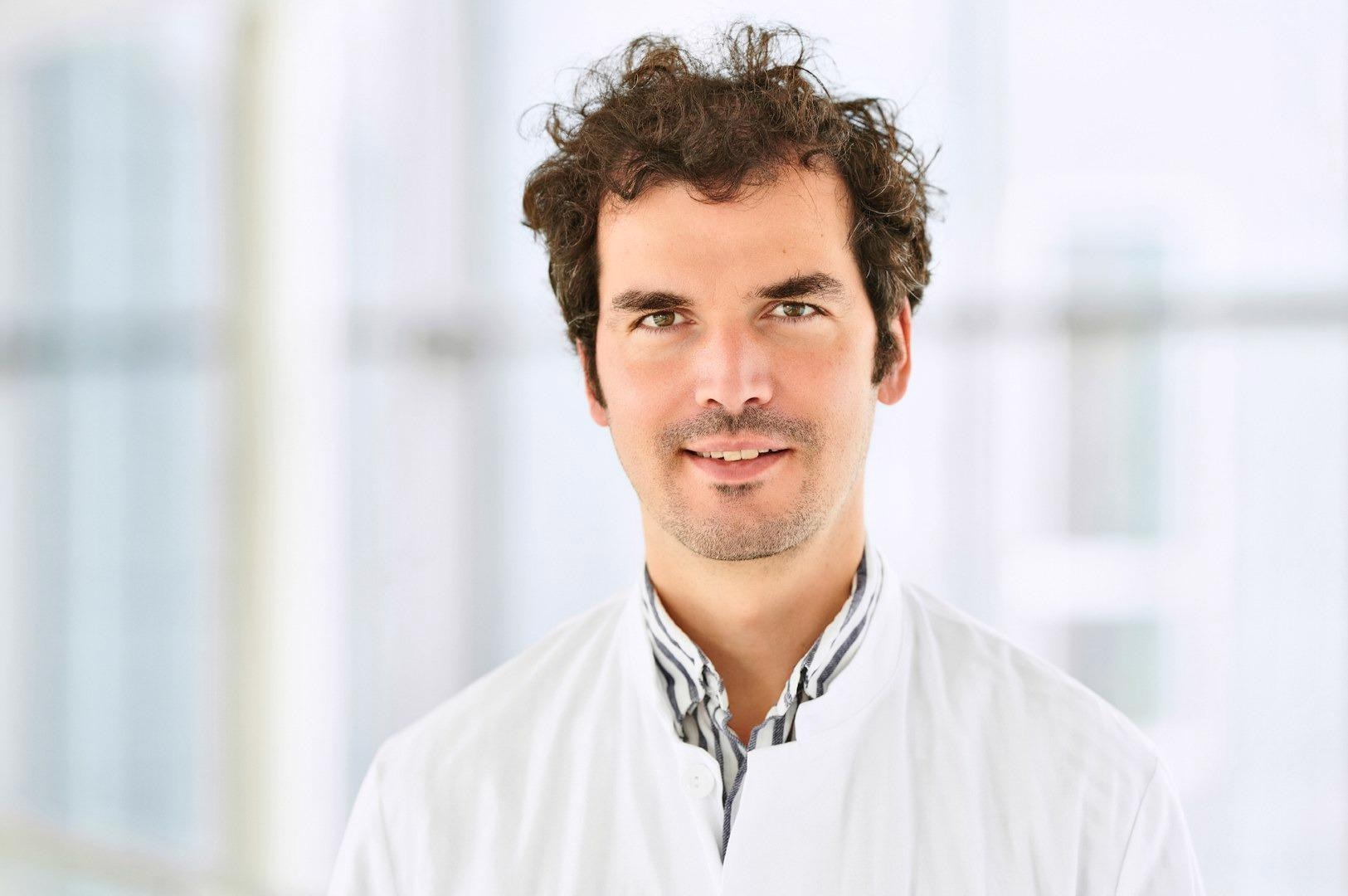The sought-after Starting Grant from the European Research Council (ERC) has been given to Dr. Michael Wenzel from the Department of Epileptology at the University Hospital Bonn.
 Dr. Michael Wenzel from the University of Bonn received an ERC Starting Grant funded with 1.5 million euros. (Image Credit: © University Hospital Bonn (UKB)/Johann Saba).
Dr. Michael Wenzel from the University of Bonn received an ERC Starting Grant funded with 1.5 million euros. (Image Credit: © University Hospital Bonn (UKB)/Johann Saba).
The grant offers funding of 1.5 million euros over the next five years, and neurologist Dr. Michael Wenzel aims to analyze unique light-activated drugs with antiepileptic effects exploring how they can help against challenging epilepsies.
The ERC Starting Grant is aimed at excellent young scientists as they commence their independent careers. Dr. Wenzel’s work is around epilepsy – a neurological disease impacting over 50 million people around the world.
Despite a steadily increasing number of antiepileptic drugs, around 30 percent of epilepsies cannot be controlled with medication.
Dr. Michael Wenzel, ERC Project Lead, Department of Epileptology, University Hospital Bonn
If antiepileptic drugs are prescribed, they frequently have side effects, for example, on the heart, the psyche, the ability to think or on unborn babies during pregnancy. On the other hand, there are surgical treatments, but these are available for only a small percentage of those affected.
"An efficient antiepileptic therapy with few side effects would therefore be of enormous value for patients with hard-to-treat epilepsy," Wenzel emphasizes.
This is exactly what the newly funded project aims to achieve. Michael Wenzel and his team will be targeting so-called photo-activatable agents. The distinct feature of this type of drug is that they only produce their effect when they are exposed to light. This allows physicians to "switch them on" at precisely the place in the body where they are required.
In the project, the team use substances with high antiepileptic effectiveness from other domains, such as propofol from anesthesiology. The goal is to chemically alter the substances so that they only become active in a particular brain region when irradiated with light of a specific wavelength.
Local light activatability allows us to adopt effective substances with different targets from other disciplines for epileptology and minimize drug side effects on the body.
Dr. Michael Wenzel, ERC Project Lead, Department of Epileptology, University Hospital Bonn
How Does the Method Work?
A biocompatible light source that targets a particular brain region, for example, via depth electrodes, is what is required. The ERC project’s goal is to first test in mice whether the method is functional at all.
Therefore, Wenzel and his team use advanced optical and electrophysiological in vivo approaches. Furthermore, as a method of testing, the drugs will be applied to acute brain slices of surgically extracted brain tissue from patients with hard-to-treat epilepsy.
Another highlight of the project: “We are not only testing light-activatable drugs that can suppress epileptic seizures, but also those that could change the course of the disease," says Wenzel.
This could be effective, for example, by impeding disease-promoting inflammatory processes. In this manner, the project goes further than the symptomatic treatment of epilepsy.
The basic idea of the project's approach is similar to other light-based therapeutic approaches, for example, optogenetics. However, in our case, no viral transfer is needed to deliver the light-activatable agent to the site of action.
Dr. Michael Wenzel, ERC Project Lead, Department of Epileptology, University Hospital Bonn
Instead, the drug is meant to reach the brain through the circulatory system. Another key advantage is that the therapeutic routine could be flexibly altered using various light-activatable drugs with the same light source.
Interdisciplinary Teamwork
For the project, Michael Wenzel unites a range of domains under one roof covering epileptology, medicinal chemistry and basic neurobiology.
"Even though I lead the project as a clinician scientist bridging and linking all project levels, the design and synthesis of the investigated substances is of course done in a joint effort with others, first and foremost Prof. Christa Müller here in Bonn," says Michael Wenzel who is also a member of the Transdisciplinary Research Area "Life and Health" at the University of Bonn.
"A single person could hardly cover all expertise needed to realize a research project like this", he emphasizes.